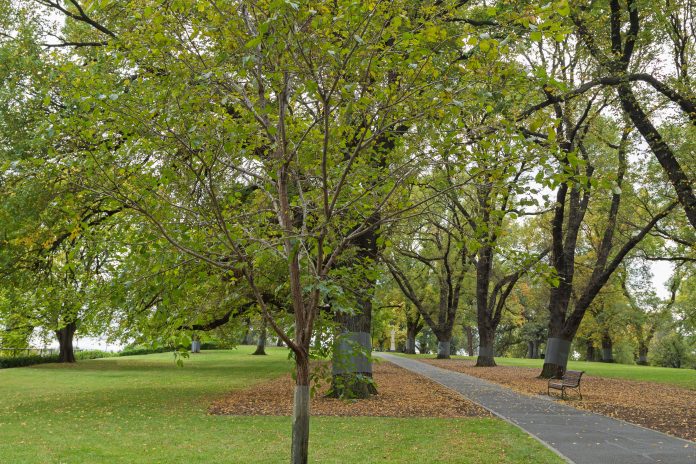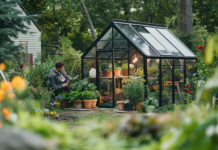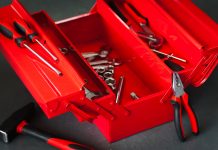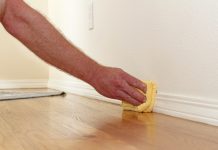Making compost leaves is a great way of killing four birds with one stone. When you compost leaves, you get rid of dirt in your garden, you recycle, you make your garden soil nutrient rich and you save money from not having to buy humus and plant food. Getting good compost has to do with balance. The carbon and nitrogen materials in your compost have to come together in the right proportions.
Healthy compost should contain about 75{80489f69d0b26025b74cecc274d3bc02e1d4bd0c4aa8acfc05273160dab5de6a} of carbon or brown matter and 25{80489f69d0b26025b74cecc274d3bc02e1d4bd0c4aa8acfc05273160dab5de6a} of nitrogen or green matter. Your green matter can come from fresh materials such as clipped grass, fruit peelings, kitchen leftovers etc. The brown matter comes from leaves, straw etc. which are harder to get when it is not autumn. The roots of most trees go deep into the soil from where they draw out nutrients- with about 50 – 80{80489f69d0b26025b74cecc274d3bc02e1d4bd0c4aa8acfc05273160dab5de6a} of them ending up in the leaves. Thus, making the leaves great for compost.
To make good compost with your fallen leaves, this is what you need to do:
- Identify the good leaves: Not all fallen leaves are good for compost. Leaves that are higher in calcium and nitrogen but lower in lignin and that will break down in about a year are good leaves. Examples are elm, willow, maple, birch, beech and ash.
- Shred: Once you have gathered all the good, brown leaves together, either in a pile, compost bin or big bags, you need to shred them. Whole leaves will not compost quickly and have a tendency to mat when piled together. When you shred the leaves, you increase the surface area that the decomposing agents can work on. You can use a shredder or a lawn mower to shred the leaves.
- Add more green matter: Even though your leaves contain some nitrogen, they can still take over a year before they break down. Adding more green/nitrogen rich material will speed up the process. Manure and fresh grass clippings are nitrogen rich and can be used. Mix them with the shredded leaves in a ratio of 4 to 1 and ensure that they are evenly distributed.
- Turn the pile regularly: You need to turn the compost a couple of times every week. This helps it to get heated up and break down faster. The leaves being light are not difficult to turn, just take your shovel, turn and mix up the pile.
- Keep the pile moist: Your compost should never be dry. It should remain moist. Add water to keep it as moist as needed and keep it cooking. Your pile should have the consistency of a damp sponge.
- Keep the pile warm: Cold is not good for your composting. The breakdown of the leaves is slower when the compost pile is cold and pathogens from diseased leaves thrive in the cold. The temperature should remain around 15 degrees Celsius.
If you do all these things, in a matter of months you should find yourself with a great and healthy compost that you can use in your garden.





















